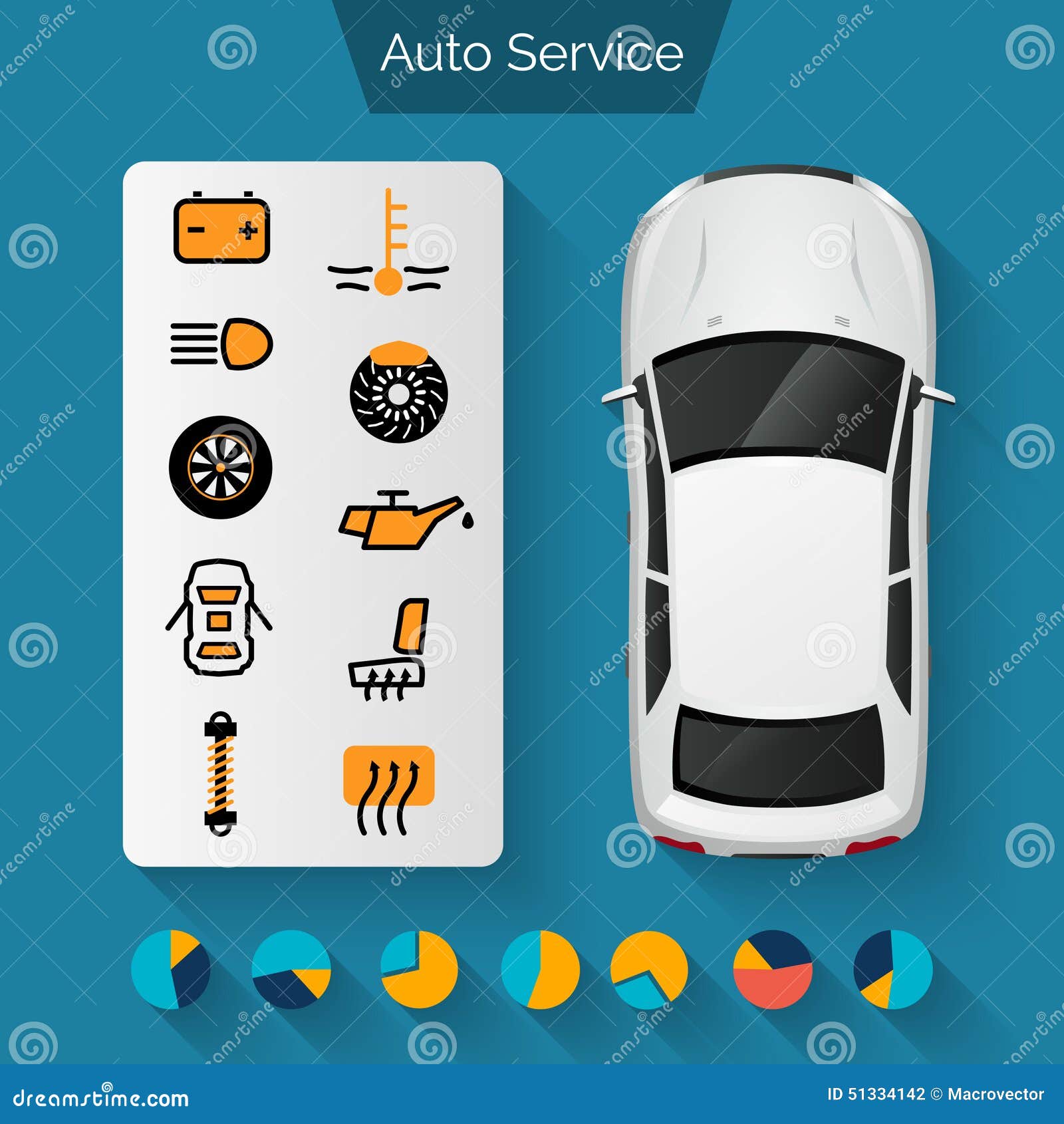Translating The Importance Of Your Automobile'S Warning Indicators
Translating The Importance Of Your Automobile'S Warning Indicators
Blog Article
Author-Hernandez Bishop
When you're behind the wheel, those radiant caution lights on your control panel can be a bit bewildering. Do you know what they're trying to tell you about your auto's health? Comprehending the value of these lights is crucial for your safety and security and the long life of your automobile. So, the following time one of those lights turns up, wouldn't you want to understand its message properly and take the essential steps to address it?
Common Caution Lighting and Interpretations
Recognize usual warning lights in your car and comprehend their meanings to make certain safe driving.
The most common warning lights include the check engine light, which indicates concerns with the engine or emissions system. If this light comes on, it's important to have your automobile checked without delay.
The oil pressure alerting light indicates low oil pressure, calling for immediate interest to avoid engine damage.
A blinking battery light might recommend a malfunctioning billing system, potentially leaving you stranded if not resolved.
The tire pressure surveillance system (TPMS) light informs you to low tire stress, influencing vehicle stability and fuel efficiency. Ignoring this might bring about harmful driving problems.
The ABS light suggests a trouble with the anti-lock braking system, jeopardizing your capability to quit swiftly in emergencies.
Finally, the coolant temperature level cautioning light warns of engine getting too hot, which can lead to severe damage if not settled swiftly.
Understanding these typical caution lights will certainly aid you resolve problems quickly and preserve risk-free driving problems.
Importance of Prompt Focus
Comprehending the typical caution lights in your auto is just the first step; the value of promptly attending to these warnings can not be highlighted enough to guarantee your safety and security when driving.
When a caution light brightens on your dashboard, it's your automobile's method of connecting a potential issue that requires attention. Overlooking these warnings can cause a lot more extreme problems later on, endangering your safety and possibly costing you a lot more out of commission.
Prompt attention to warning lights can protect against break downs and crashes. For instance, a blinking check engine light can suggest a misfire that, if left ignored, could trigger damage to the catalytic converter. Addressing Read the Full Write-up can save you from an expensive repair work.
Likewise, a brake system advising light might indicate reduced brake fluid or worn brake pads, vital components for your security when driving.
Do It Yourself Troubleshooting Tips
If you discover a warning light on your dashboard, there are a few DIY troubleshooting suggestions you can try prior to looking for expert aid.
The initial step is to consult your cars and truck's guidebook to understand what the specific warning light indicates. In read page can be as straightforward as a loose gas cap activating the check engine light. Tightening up the gas cap might resolve the problem.
https://augustjdysn.blogrenanda.com/36221364/reacquaint-on-your-own-with-these-ten-essential-vehicle-maintenance-suggestions-to-guarantee-far-better-performance-and-a-much-longer-life-expectancy-for-your-automobile-your-cars-and-truck-will-definitely-appreciate-it is a low battery, which can trigger different advising lights. Checking the battery links for deterioration and guaranteeing they're protected might take care of the problem.
If a caution light continues, you can attempt resetting it by detaching the car's battery for a few minutes and after that reconnecting it. Additionally, examining your vehicle's fluid degrees, such as oil, coolant, and brake fluid, can aid fix warning lights related to these systems.
Final thought
Finally, recognizing your automobile's warning lights is necessary for maintaining your vehicle running smoothly and safely. By immediately addressing these alerts and understanding what they imply, you can avoid expensive repairs and prospective breakdowns.
Keep in mind to consult your automobile's handbook for specific information on each advising light and act as necessary to guarantee a hassle-free driving experience.
Remain informed, stay secure on the road!
